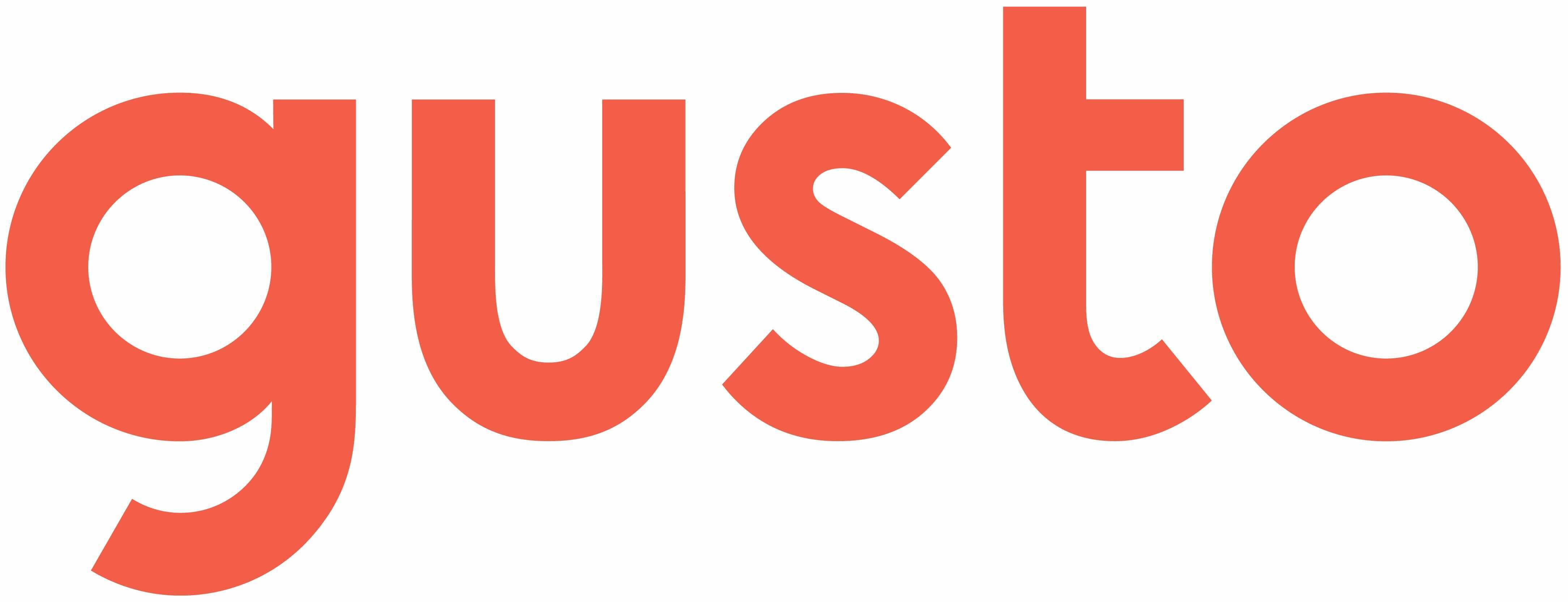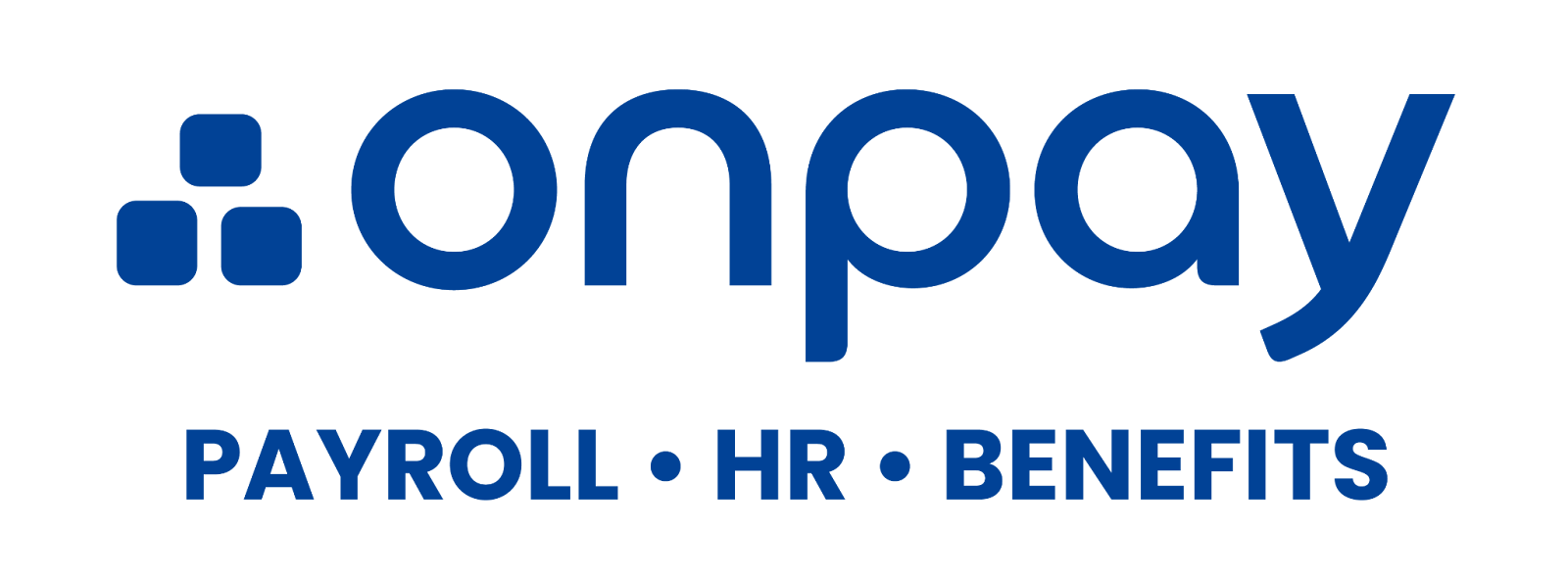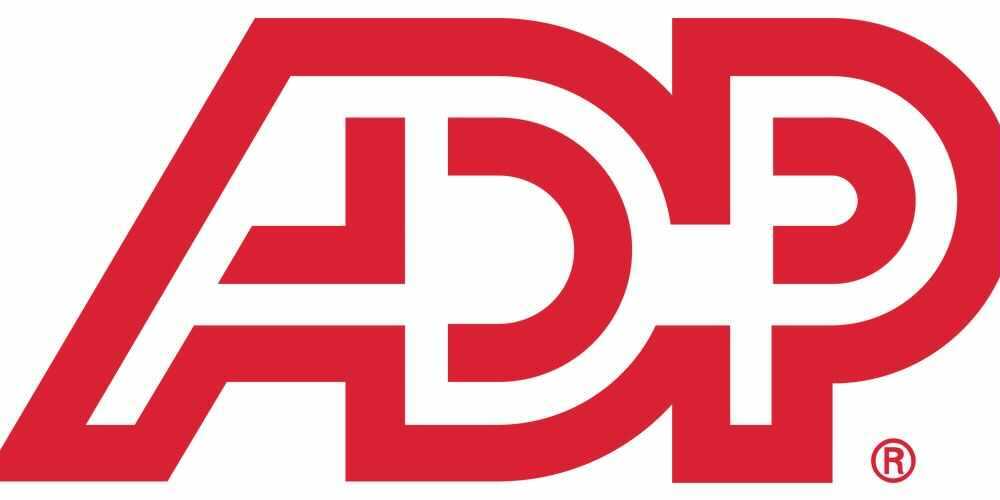How to Manage Payroll for Your Small Business
Small-business payroll is more than ensuring employees' are paid on time; it’s also about avoiding costly mistakes.

Many, or all, of the products featured on this page are from our advertising partners who compensate us when you take certain actions on our website or click to take an action on their website. However, this does not influence our evaluations. Our opinions are our own. Here is a list of our partners and here's how we make money.
Paying employees accurately and on time is essential, and a well-managed payroll system can help your small business get the job done while avoiding the potential of costly IRS and state penalties.
To establish a good system, determine which parts of the payroll process you want to manage in-house and which parts you want to outsource. Then, stay on top of your payroll by regularly updating records and tracking employee hours so that when it comes time to run payroll it can be a smooth, accurate process.

Decide what to manage in-house
As a business owner, you're responsible for making sure your payroll is accurate, but that doesn't mean you need to manage all aspects of the process yourself. In fact, 45% of small businesses use a payroll service, according to a 2021 report by the National Small Business Association.
Professional payroll assistance can be a rescue boat for small businesses trying to navigate the legal seas of payroll. Certified payroll specialists, certified public accountants and bookkeepers can help you with the most complex parts of the process. Even if you get outside help, though, you'll still be responsible for reviewing and approving payroll and making sure the information you give to the provider is current and accurate.
If you prefer handling payroll on your own, payroll software can help you save time, automate certain processes and reduce the chance of mistakes. Many products can handle payroll tax filing and payments on your behalf, but you’re still ultimately on the hook for meeting those obligations.
» MORE: How to pay employees

Keep up-to-date employee records
Up-to-date records are crucial for payroll. While employee information is typically collected during the onboarding process, employees also need to let you know when their information changes.
Start by ensuring employees know how to update their information, whether via an employee portal or paper form. You’ll need to note any changes in your payroll system. If your software features an employee portal, you'll likely be notified of the change automatically. However, if employees hand you a printed form, you’ll need to manually update the records.
Be mindful of simple updates — like new addresses — and watch for adjustments that affect pay rates, deductions or taxes. A recent pay raise could affect the pay rate, for example, while benefit elections could affect deductions and an updated W-4 could affect an employee’s tax withholdings.
If you've received court orders for wage garnishments, consider using payroll software with garnishment management services to stay in compliance and avoid penalties. For employees who have temporary work visas, pay attention to expiration dates, since employers are responsible for knowing when to update employment forms without official notice.
Track employee hours
If you have hourly employees, you must track the time they spend on the job. You can use whatever method works best for this, as long as it shows a complete record.
Many payroll products offer integrations with time-tracking apps or include time-tracking features, sometimes at an additional cost. You can also use paper time sheets or a good old time clock.
» MORE: Best small-business apps
Steps in the payroll process
The payroll process can vary for each business, but there are some core functions that need to be completed with each payroll run.
1. Calculate employee gross and net pay amounts
You first need to determine an employee’s gross pay or total earnings for the period before any deductions are made. Gross pay includes salary or hourly wages, tips, commissions, overtime pay, bonuses, shift differentials, vacation pay, sick pay and holiday pay.
The next step is to calculate net pay by taking the gross pay amount and subtracting deductions. Net pay is often referred to as an employee's take-home pay. Common payroll deductions include federal and state income tax, Social Security tax, Medicare tax, health insurance contributions, retirement contributions, wage garnishments and child support payments.
2. Reconcile payroll
Reconciling payroll essentially means checking your work and making sure your expected payroll matches your actual payroll. Comparing the current payroll to the prior period can also help you spot anything out of the ordinary. Reconciling is a good practice to do every pay period, before filing quarterly taxes and before sending out W-2s to employees.
Review employee pay rates and look into anything that is higher or lower than expected. Check overtime hours and tips, especially for employees who work shifts. (In some states, tips count toward hourly pay.) Look for errors in withholdings or deductions, calculated hours and total pay for the period. Payroll software will generally flag some potential inaccuracies automatically, but other mistakes may be subtle and harder to catch.
A good rule of thumb is to check your work at least two days before you run payroll. Give yourself more time if you have a long or complicated payroll.
3. Run payroll
After reconciling it, you’re ready to run payroll, which means approving direct deposits and the preparation of checks. It can take a few days for direct deposits to fully transfer to employee accounts and for checks to be printed and distributed. Some payroll products offer same-day or next-day direct deposit, but others may need longer than that. Until you’re sure how long it will take to complete payroll by payday, it may be helpful to allow some extra time for processing.
4. Make tax and benefits payments
Contributions to Social Security and Medicare taxes (known as Federal Insurance Contributions Act, or FICA, taxes) are paid by both the employee and the employer. That means you’ll also need to pay the employer portion of FICA payroll taxes to match your employees’ contributions.
Most payroll software and payroll services will calculate, file and pay federal and state payroll taxes on your company's behalf. If you are making federal tax deposits on your own, you must use the free Electronic Federal Tax Payment System. How often you deposit federal taxes is based on the total tax liability you report for your quarterly federal tax return. The process for paying withheld state taxes varies by state.
If you manage benefits such as health insurance or retirement plans through a payroll service, it might also be able to make payments to those providers for your business. Or, if you're managing benefits in-house, you'll have to make benefit payments on behalf of your employees. Regardless of who makes the payments, timeliness is important to avoid issues with employee coverage.
5. Save your records
The Internal Revenue Service requires businesses to keep employment tax records for at least four years and the U.S. Department of Labor requires companies to keep payroll tax data for at least three years. States might have additional record-keeping requirements.
While federal requirements don't dictate how to store these records, the IRS recommends that you keep the data well organized — such as by fiscal year — and safe from threats like flooding. Some states have additional rules about how and where the records can be kept. For paper records, you can typically store them yourself or at a storage site. For electronic records provided by payroll software, back up the files on a separate device or platform.
Payroll software | |
|---|---|
QuickBooks Payroll Plans start at $45 per month (base) and $4 per person per month. Read review. | |
Gusto Payroll Plans start at $40 per month (base) and $6 per person per month. Read review. | |
OnPay Payroll Plans start at $40 per month (base) and $6 per person per month. Read review. | |
Shop Now on Square's website | Square Payroll Plans start at $35 per month (base) and $5 per person per month. Read review. |
RUN Powered by ADP Plans start at $79 per month (base) and $4 per person per month. Read review. | |
Wave Payroll Plans start at $20 per month (base) and $6 per person per month. | |
Providers may offer lower promotional pricing. | |








